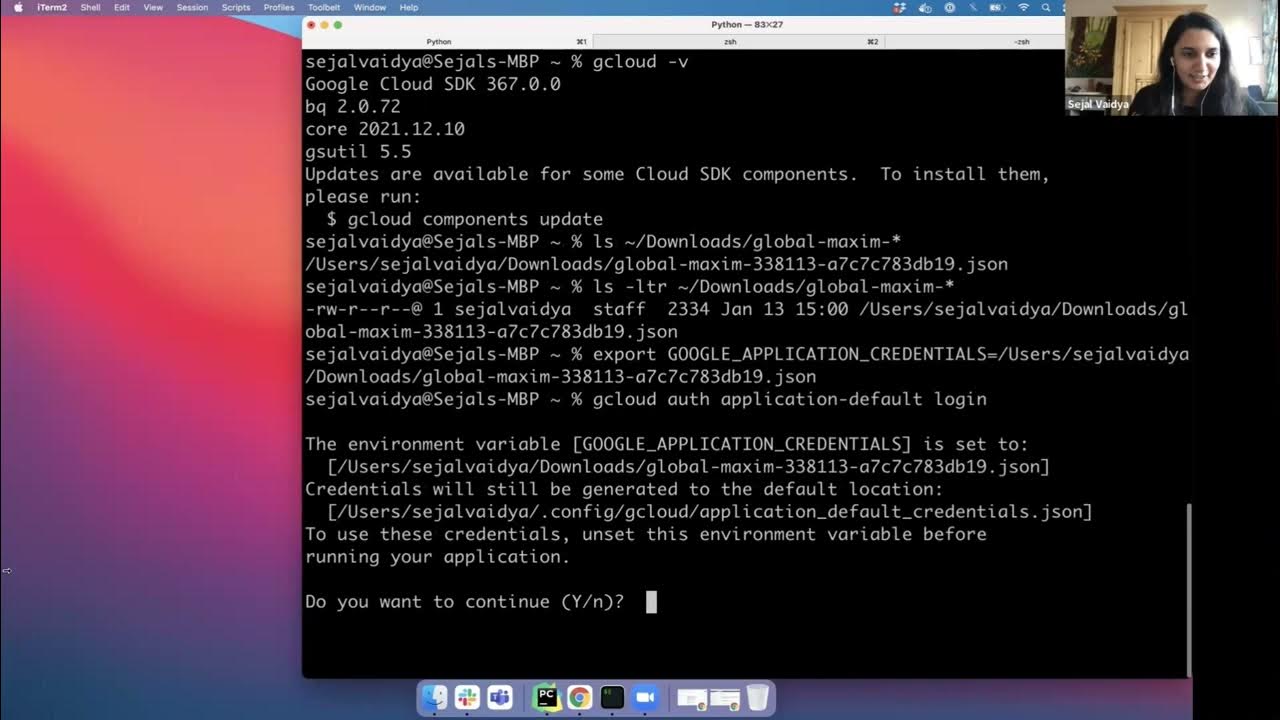Ansible in 100 Seconds
Summary
TLDRAnsible is an open-source automation tool that allows IT infrastructure management with simple, declarative YAML code. Created by Michael DeHaan in 2012 and later acquired by Red Hat, it's now a popular configuration management tool. Ansible operates using a control node that connects to managed nodes via SSH to automate tasks like server configuration and database provisioning. Playbooks define tasks executed in parallel across machines. With its ecosystem, including Ansible Galaxy for pre-built playbooks and Ansible Vault for secure credential storage, users can efficiently automate infrastructure management on platforms like Linode.
Takeaways
- 🛠️ Ansible is an open-source automation tool used for IT infrastructure management.
- 📅 It was created by Michael DeHaan in 2012 and later acquired by Red Hat.
- 🌟 Ansible is popular for its use of declarative, push-based YAML code.
- 🔧 It's designed to automate Linux servers, increasing efficiency and reducing human error.
- 💻 Ansible uses a control node to manage multiple managed nodes over SSH.
- 📚 Developers write playbooks that contain a series of jobs called plays.
- 🔄 Each play is a set of instructions executed on one or more target hosts in parallel.
- 🔒 Playbooks are idempotent, meaning they won't make changes unless necessary.
- 🌐 A real-world use case is managing Linux servers on platforms like Linode.
- 🔗 Ansible Galaxy offers a vast ecosystem of pre-built playbooks.
- 🔒 Ansible Vault is used to securely store sensitive information like passwords.
Q & A
What is Ansible?
-Ansible is an open-source automation tool used to describe IT infrastructure with simple, declarative code.
Who created Ansible and when?
-Ansible was created by Michael DeHaan in 2012.
Which company acquired Ansible after its creation?
-Red Hat acquired Ansible a few years after its creation.
What type of code does Ansible use?
-Ansible uses declarative, push-based YAML code for automation.
How does Ansible help in reducing human error?
-Ansible allows DevOps teams to automate tasks, which increases efficiency and reduces the likelihood of human error.
What is the role of a control node in Ansible?
-A control node in Ansible is a machine that connects to multiple managed nodes and sends them Ansible modules over SSH to configure the machines.
What is a playbook in Ansible?
-A playbook in Ansible is a file containing a series of jobs called plays, each of which is a set of instructions executed on one or more target hosts.
What is the significance of idempotence in Ansible playbooks?
-Idempotence in Ansible playbooks means that they won't make any changes unless necessary, ensuring that repeated runs are safe and don't cause unintended changes.
How can Ansible be used to manage Linux servers on platforms like Linode?
-Ansible can be used to manage Linux servers on platforms like Linode by provisioning a server as a control node, installing Ansible, and using playbooks to automate server management tasks.
What is Ansible Galaxy and how is it useful?
-Ansible Galaxy is a vast ecosystem of pre-built playbooks that can be accessed and used in Ansible automation tasks.
How can sensitive information be securely managed in Ansible?
-Sensitive information in Ansible can be securely managed using Ansible Vault, which encrypts data so it's not required to be directly in YAML files.
What is a task list in an Ansible playbook and what does it do?
-A task list in an Ansible playbook contains instructions that perform actions. These tasks are executed in order against all machines specified in the playbook.
Outlines

Esta sección está disponible solo para usuarios con suscripción. Por favor, mejora tu plan para acceder a esta parte.
Mejorar ahoraMindmap

Esta sección está disponible solo para usuarios con suscripción. Por favor, mejora tu plan para acceder a esta parte.
Mejorar ahoraKeywords

Esta sección está disponible solo para usuarios con suscripción. Por favor, mejora tu plan para acceder a esta parte.
Mejorar ahoraHighlights

Esta sección está disponible solo para usuarios con suscripción. Por favor, mejora tu plan para acceder a esta parte.
Mejorar ahoraTranscripts

Esta sección está disponible solo para usuarios con suscripción. Por favor, mejora tu plan para acceder a esta parte.
Mejorar ahoraVer Más Videos Relacionados

Ansible vs. Terraform: What's the difference?

Mastering Terraform Interview Questions: 15 Essential Questions & Answers | Demystifying Terraform

Day-15 | Ansible Zero to Hero | #ansible #devops

DE Zoomcamp 1.3.1 - Introduction to Terraform Concepts & GCP Pre-Requisites

Day-03 | Write Your First Ansible Playbook | For Absolute Beginners

Jenkins Explained in 3 minutes
5.0 / 5 (0 votes)
